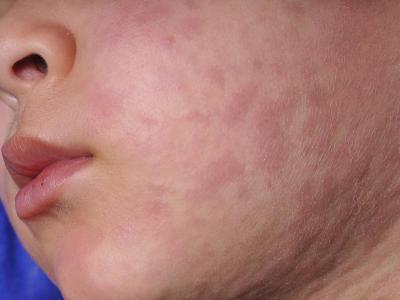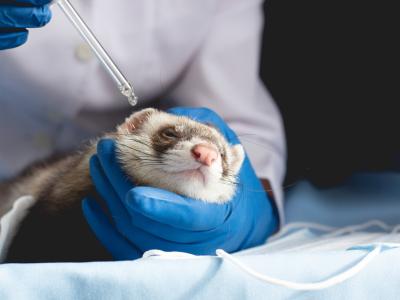USGS experts: Focus active avian flu surveillance on high-risk areas
US officials need to ramp up active surveillance for highly pathogenic avian influenza (HPAI) H5 viruses and focus on vulnerable regions to prepare for a likely reintroduction of the disease this fall, US Geological Survey (USGS) experts said in a commentary yesterday in Virology Journal.
Almost 50 million poultry died in a 21-state HPAI outbreak earlier this year, primarily from the H5N2 strain. Iowa and Minnesota were the hardest-hit states.
The USGS authors say that active surveillance of live birds appears to have the highest sensitivity for determining the distribution of HPAI H5 viruses circulating in wild birds in North America. They note that the spread of H5N8 HPAI from Washington state south within the Pacific Flyway was primarily detected with active surveillance.
They add, "Testing of dead birds associated with mortality investigations may provide an ancillary source of information on avian influenza viruses. . . However, such sampling is, by its very nature, opportunistic and unpredictable, limiting inference regarding the distribution of these viruses.
"As more is learned about the epizootiology of HPAI H5 viruses, surveillance techniques in North America and elsewhere can be tailored to optimize detection. Furthermore, the HPAI situation in North America presents an opportunity to investigate the potential movement of these viruses among wild birds and poultry facilities."
The experts also write, "We propose that sampling be stratified in relation to the risk of economic damage to the poultry industry associated with these viruses by targeting areas of highest poultry density. When HPAI is detected in a region, either in wild birds or poultry, directed sampling should immediately expand to include potential bridge species appropriate to specific locations and time."
Bridge species are birds, rodents, or invertebrates that can spread HPAI from wild birds to domestic species.
Sep 28 Virol J commentary
FAO issues H7N9 risk communication guidance
The United Nations Food and Agriculture Organization (FAO) published guidance for H7N9 avian flu risk communication late last week, highlighting a number of best practices.
The FAO report states, "Risk communication is the key to public involvement in, collaboration with and contribution to government action. For preparedness and risk reduction to have a chance at success, the public must support those activities.
"FAO recommends governments engage heavily and urgently in risk communication to increase public understanding and to empower citizens, including poultry consumers, producers and intermediaries to play a role in overall H7N9 preparedness and response."
Best practices in the document include:
- Inform early, often, and transparently as the situation develops
- Do not over-reassure
- Say what you can realistically achieve
- Share uncertainty and be open to suggestions
- Suggest specific actions
- Communicate tangible benefits and negative effects
- Be empathetic to people's situations and sensitive to their needs
The report also includes potential obstacles, timing of messages, and a 5-page "messaging starter kit" that can be tailored to individual needs and situations.
Sep 25 FAO guidance
British Columbia H7N9 case study notes other possible infections
Canadian scientists who detailed two H7N9 cases reported in British Columbia in January may have discovered evidence of H7N9 infection in some people from the patients' community, according to a report last week in Emerging Infectious Diseases
The researchers provided some new details on the infections in a married couple, both 56. They had traveled to Hong Kong, Taiwan, and Fujian province in China and recalled seeing live poultry and copious droppings while visiting Fujian but recalled no other poultry contact.
After the couple tested positive for H7N9, about 20 close contacts were placed under 10-day surveillance but did not test positive for the disease. Because more than 10 days had elapsed since they flew from Asia to Canada and no passengers had symptoms, flight contact tracing was not conducted.
The researchers, however, tested 1,116 serum samples from 2010 and 496 from 2013 taken from people living in the couple's British Columbia region. They found that 10 of 201 serum samples (5%) collected from people 60 or older had low-level (>10 but <40) antibody titers to H7N9.
Sep 25 Emerg Infect Dis report









